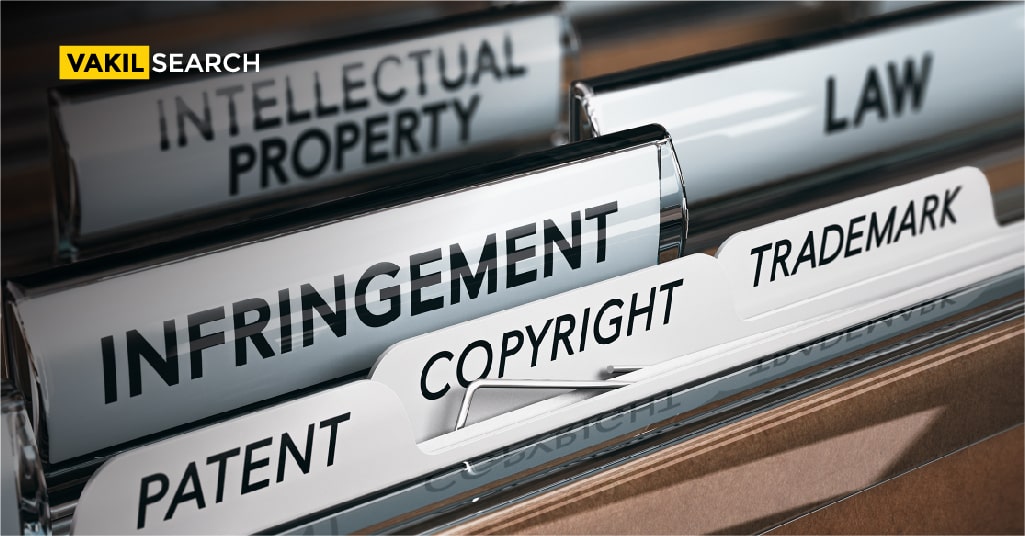When you first start your business, it is easy to focus on forging relationships, creating processes, and satisfying customers, so you overlook the minor aspects, but they soon become major. It's important to understand what intellectual property (IP) is and why it's so important because it drives the valuation of a majority of modern businesses. The purpose of this article is to provide the reader with information about how they can protect their intellectual property.
Trademarks, Copyrights and Patents
Let’s get the basics right: your trademarks protect your brand, your copyrights the content and the patents your ideas and inventions. These are important because, without the protection your intellectual property they afford, your business can be compromised by any of your rivals. After all, think of how many iPhones sell primarily because of the branding.
Why to Register Your Intellectual Property?
There’s no compulsion to register your IP. If you can prove you were the first to use it, it’s yours (in most cases). You, however, should still register it because the courts only hear cases related to registered IP in the courts. Therefore, if another entity were to register the unregistered name you’ve been using, the only way for you to fight them in court would be to first register the brand and then take them to court.
When to Register Your Intellectual Property?
You needn’t register your IP immediately after you start your business. After all, you should first test your business idea. Once it gains traction, however, you should waste no time in getting it registered.
If you get the IP registered in your name, it will be worth the effort
It is possible to categorise Intellectual Property into tangible and intangible properties. Designing utility tools, work processes, artistic works, logos, geographical indications, and other novel creations that give people or businesses a financial advantage.
Inventions have the right to be monopolised and ensure no one else duplicates them. The registration of patents, copyrights, trademarks, and/or industrial designs is essential for protecting their creations. This requires an inventor to follow a due intellectual property rights registration process, and here’s how to do that in India.
Indian intellectual property registration
The following steps will guide you through the registration process for your intellectual property, regardless of whether you are an individual or a business.
Apply online
Applicants who wish to file for an IPR must submit a triplicate application which contains both the signatures of their agent and the applicant’s own. The applicant must also submit a statement of the case indicating the specific characteristics that make this invention unique and why it should be granted an IPR. Incase of any help , you can contact our team to make your work easy .
Analyses and examinations preliminary
Upon submission of the application, the examiner will look for any deficiencies. If any deficiencies are found, they will have to be rectified within a month. In addition to assessing the content of the statement, a group of experts familiar with this type of IPR will also issue an examination report, which will confirm the accuracy and validity of the particulars disclosed.
Objections are communicated via show-cause
Applicants are informed if the registrar has any issues with their application. They need to respond to the objection within two months after receiving the communication. The applicant can also request a hearing and make an appeal request within a month of the hearing. The registrar may withdraw the application despite being offered an opportunity to appeal in the event they are unable to communicate the case clearly to the registrar.
A publication in an IPR journal
In three months after the registrar accepts the application, the IPR Journal will publish it.
Objections to registration
If an inventor views the applicant’s invention in the IPR journal, he or she may file an opposition notice. Applicants have three months to submit a counterstatement if they have objections to the application. The registrar receives the applicant’s opposition notice, and two months to respond. If the applicant doesn’t, he or she forfeits the application. A formal hearing may also be required between the applicant and the opposition party. Both parties will have to submit supporting documents and affidavits as evidence.
Registering intellectual property rights
When an IPR application is accepted, the applicant receives a seal acknowledging ownership of the IPR.
Registering IPR may seem time-consuming, but it is well worth it. It is important to check if the product or design has not already been invented or created by a competitor before registering. The applicant can get sole credit for their inventions if they do their homework before filing for intellectual property rights.
Conclusion
As one of the best ways to protect your intellectual property rights, it is extremely important to make sure that you have secured registration. Since you may not have yet done so, don’t worry. We are here to help you out and ensure that registration is made at the earliest possible time.
Also, Read:



